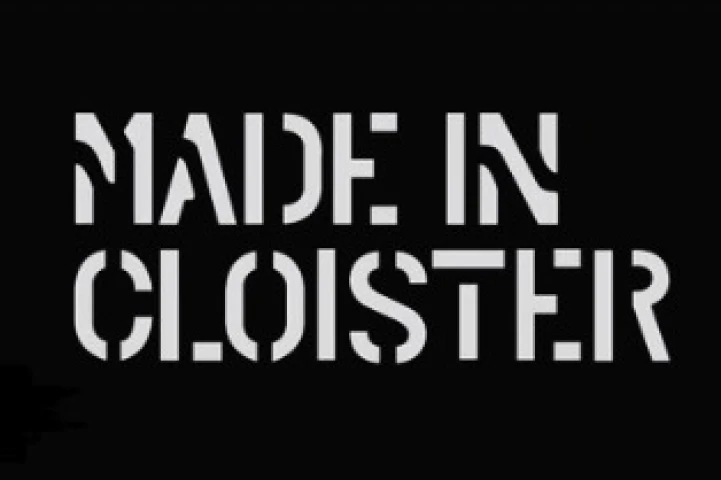WTI Magazine #9 2013 Dec, 13
Author : Made in Cloister Translation by:
Help us restore a renaissance Cloister in the heart of Naples and to begin a new story of art and fine craft. Supported by Laurie Anderson, Antony and the Johnsons, Lou Reed, Timothy Greenfield – Sanders, Maria Thereza Alves, Jimmie Durham, Patti Smith, Clifford Ross, Mimmo Paladino, Yuval Avital...
THE MISSION
Boosting the city's cultural heritage, turning the Cloister into a place of "creative excellence" in which to experiment new ways of reviving ancient artisanal skills through the vision of artists and designers. The Cloister will have to be converted from a "remembrance of the past" into a "creative spark" that can attract young people and an international public focusing on the values of art, craftwork and culture.
Involving the local community in order to develop a model for the sustainable development of the area.
IF I CONTRIBUTE TO THIS KICKSTARTER CAMPAIGN, WHAT WILL MONEY FUND?
If successful, this Kickstarter campaign will cover the first phase of the Cloister restoration: cover the Cloister by rebuilding the roof. If hopefully the campaign will exceed the goal of £ 75,000 we will be able to complete even other steps of the Global Restoration Project: restoring the Frescoes and the Cloister building (colonnade, arcade and wooden 16th century parts).
Once restored, the Cloister will become a center for design and craftsmanship. The center will include a multi-purpose space to house exhibitions, artisan workshops, art events as well as hosting artists residencies.
A new community of local and international artists, designers and artisans will arise around the revived Cloister. A public space, active daily, that will live in harmony with the local community and its development.
THE PROJECT
The Project starts with the restoration of the Cloister itself, with its original architec¬ture and 16th century frescoes in order to convert its interior and the area of the "la¬nificio" used as a Woollen Mill, into a place for meeting, experimenting and "producing" in which the artists and designers involved will be able to "reside" and work with the master craftsmen.
Focus will be placed on the creative and productive process while recording the research, planning and building phases with the aim of developing awareness and knowledge of artisanal activities and the values and spirit that inspire these wonder¬ful master craftsmen.
Inside the Cloister, there will be a perma¬nent display of the works created during the artists' stay and this may lead to further exhibitions, musical and theatrical perfor-mances, readings, etc.
There will also be conferences, talks and meetings directed at those who are intere¬sted in the development of handicrafts and creative activities. Lastly, a training pro¬gramme to be carried out in the artisans' workshops will be set up for young people chosen from all over the world.
THE CRAFTSMEN
The city of Naples has the largest historic centre in Europe, declared World Heritage Site by Unesco in 1995. Through 27 centuries of history the city has preserved an extraordinary stratification that - starting from the ancient Greek road layout - is expressed in an impressive artistic, architectural and cultural heritage.
The historic centre of Naples, a vast populous area inhabited by genuine humanity and custodian of ancient folk traditions , it is also the place where they have developed the most ancient forms of processing resulting in centuries of extraordinary craft traditions that have been handed down for generations and that today, sadly, are likely to disappear.
The workshops guard a wealth of skills and values ??that represent the roots of the strength of that Made in Italy that now more than ever needs to be recovered , preserved and passed on to younger generations.
SOCIAL IMPACT
The creation of a network of creative businesses, the identification of entities already operating in social and cultural areas, dialogue with museums and educational institutions of the territory, the interaction between artists and craftsmen, give Made in Cloister the ability to engage the area of Porta Capuana and its inhabitants, contributing to the growth of that awareness necessary for the maturation of human dimensions and the good life. The combination of all these elements, and being open to exchange with other creative production in an international context, should give the cloister a note of preciousness, and give it the strength needed to become a centre for the rebirth of the neighbourhood through the engine of creativity.





